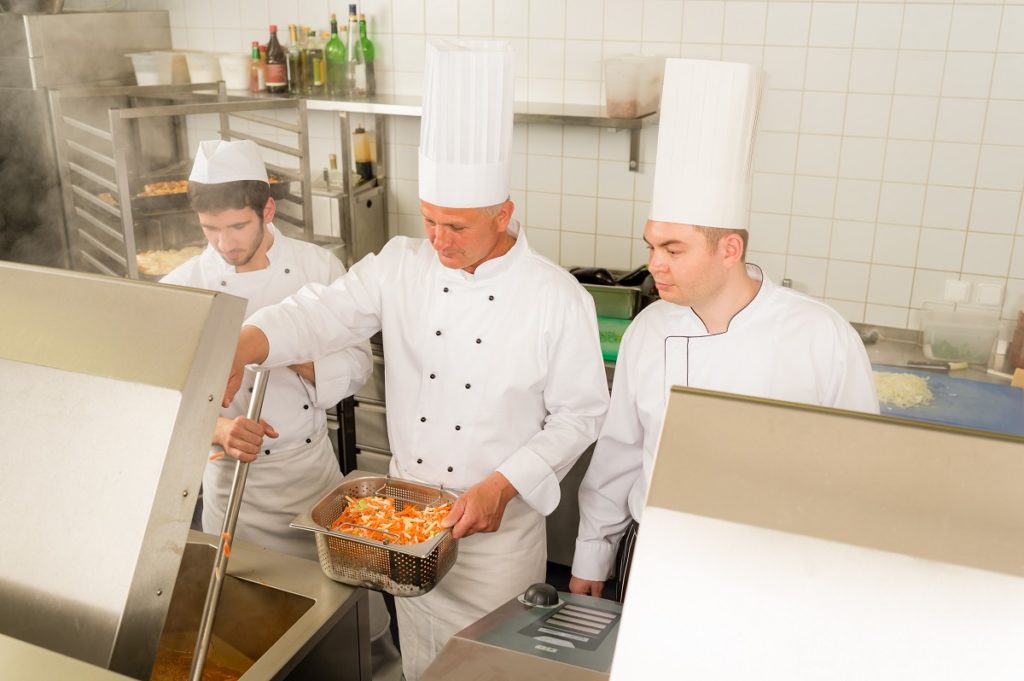Ghost kitchens started to pop up several years ago. But as the restaurant industry finds a way to cope with the “new normal,” more and more restaurateurs consider switching to ghost kitchens.
So, what is a ghost kitchen?
Think of it as a large co-working space for virtual brands or restaurants without a storefront. Ghost kitchens strip down the traditional restaurant set-up, removing dining areas and all that fancy décor. They serve as large kitchens for restaurants to store, prep, and cook the food they will deliver to customers.
Several restaurants can operate in one ghost kitchen, either they’re working out of the same facility or breaking the space into separate areas. With this set-up, customers can order from any combination of the restaurants and have the food delivered at once.
Why switch to a ghost kitchen?
Since people are reluctant to dine out, keeping a full dine-in operation may no longer be sustainable. With a ghost kitchen and third-party delivery company, restaurateurs can drastically cut their operating costs. They hire fewer employees and pay for less space. Without having to set tables, wash serving dishes, and constantly upgrading interior designs, restaurants can streamline operations. They can focus more on creating quality menu items and providing a better customer experience.
Ghost kitchens also make it easy for newer restaurants to break into a highly competitive industry. The initial investment in operating a ghost kitchen is much lower than opening a dine-in restaurant. You only need to pay for your share of the kitchen space, core kitchen staff, and additional equipment if required.

But what about the “dining experience”?
One good thing about ghost kitchen is it allows for personalization and experiential retail. Again, with different brands sharing kitchen space, customers can get exactly what they want, be it from various restaurants. Imagine a diverse kitchen staff—a team that specializes in fusion cuisines, another that took nutrition courses and mastered vegan cooking, and one group that focuses on classic French cooking. This entire kitchen can cater to a whole family with members that have different preferences in food.
The concept of ghost kitchen could easily be expanded to create a “dining experience” for customers at home. For instance, it can take a few tricks from the playbook of catering restaurants. For a premium price, a virtual brand operating from a ghost kitchen can send two to three members of their staff to the customers’ home to plate the food they ordered and create a sumptuous dinner spread to their liking.
The simplest way to elevate the dining experience of customers at home is through ingenious packaging. Packages that come with enjoyable tactile and visual experiences can increase customer loyalty and engagement. Create a box where food items are neatly compartmentalized. Add little touches such as ribbons and pouches that convey the element of joy and surprise, akin to opening a beautiful present.
Though they can’t dine out, customers still want that personalized, convenient, and elevated dining experience restaurants offer. But as the pandemic changes the way we live and do business, ghost kitchen is a good option to meet consumer demands while reviving the struggling restaurant industry.
